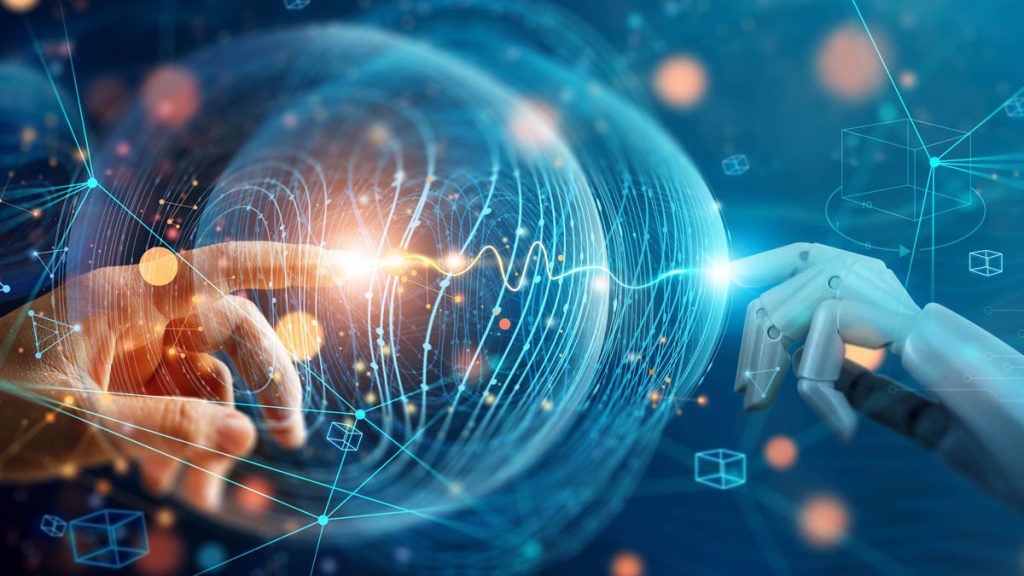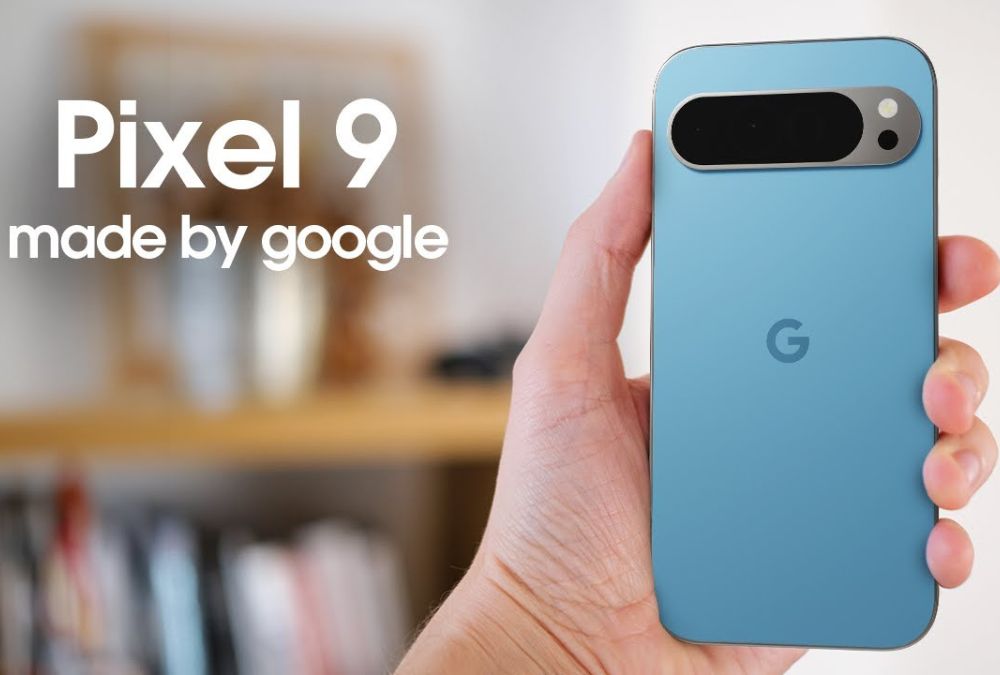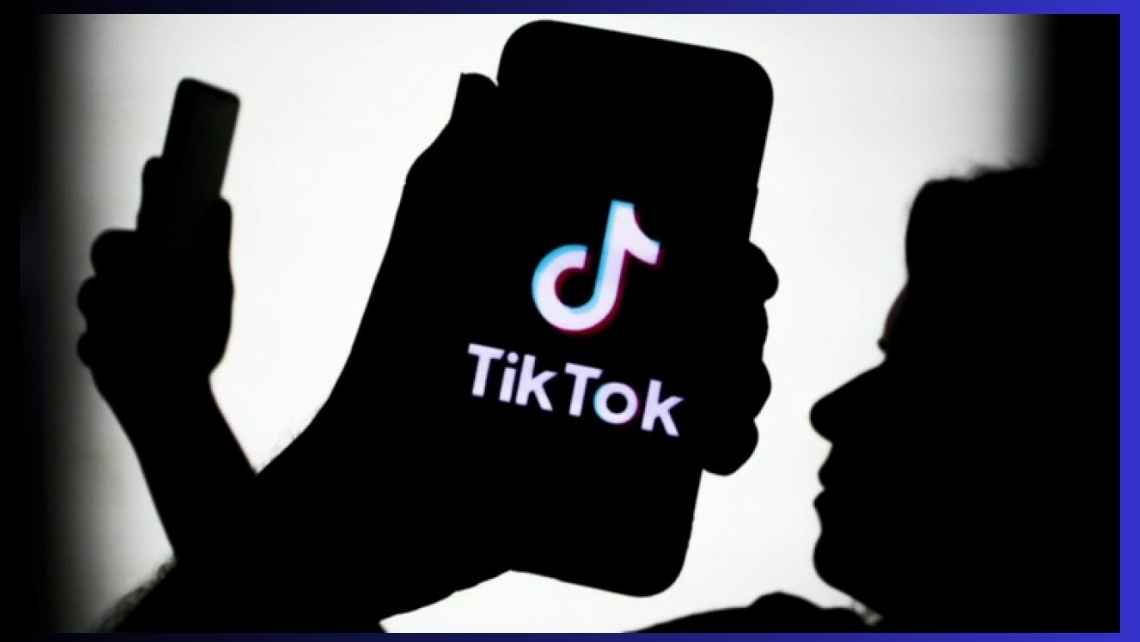What is mixed reality? Mixed reality technology is the merging of real and digital worlds. It includes devices such as headsets that display holographic images or augmented reality (AR) glasses that superimpose virtual images onto the real world. These devices have various features that give you an immersive experience and enhance your viewing pleasure. Adobe 3D AR professionals say, “There’s more to mixed reality than gaming.”
Wearable Technology
Wearable technology is a device that is worn on the body and embedded with sensors, electronics and software. Wearable technology can be used to track physical activity, monitor health or control devices such as appliances. Wearables are often considered part of the Internet of Things (IoT), which refers to everyday objects embedded with electronics that are connected via the internet.
Examples of wearable technology include smartwatches, fitness trackers and smart vosun glasses like Google Glasses.
Gesture Control
Gesture control is the ability to use hand motions to control a device. A gesture can be as simple as moving your fingers in a circle, or you can use a combination of gestures for more complex controls. For example, on a computer, you could use two hand movements—one to move up and down and one to move left and right—to steer an airplane in flight simulator software.
Gesture control works by using sensors that detect the position of your hands relative to the device’s display screen or controller. The sensor data is then interpreted by software that determines what commands it should send back based on your movements (up/down motion means to increase volume; left/right motion means decrease volume).
Eye Tracking and Head Tracking
Eye tracking and head tracking are two of the most important aspects of mixed reality technology. They’re used to determine where you’re looking so that virtual objects can be placed in your field of view and you can interact with them.
Mixed Reality technology uses eye tracking to determine where you are looking so that it can place virtual objects in your field of view and know where you are looking at any given time. For example, it uses head tracking to figure out how far from the camera your face is located, which allows it to adjust its virtual image accordingly (for instance, by shrinking down if it’s too big).
Spatial Mapping and Environment Understanding
Spatial mapping and environment understanding is a software technique that allows an application to understand and track the features of an environment. For example, it can be used to improve virtual reality or augmented reality experiences by recognizing objects in the user’s surroundings, such as walls and furniture, then using that data to update the digital content shown through headsets.
Voice Control
Voice control is another key feature of mixed-reality technology. You can use voice commands to issue instructions, interact with apps and software, or control other devices such as lights, thermostats and door locks. Voice control is useful for various applications because it allows users to interact with devices without touching them.
Natural User Interface (NUI)
Natural User Interface (NUI) is a new way of interacting with technology. It’s a combination of natural language processing, machine learning, and artificial intelligence that uses sensors to see what you’re doing and understands your intent. NUI helps make technology more accessible by allowing users to interact with systems using spoken commands or hand gestures instead of keyboards and mice.



